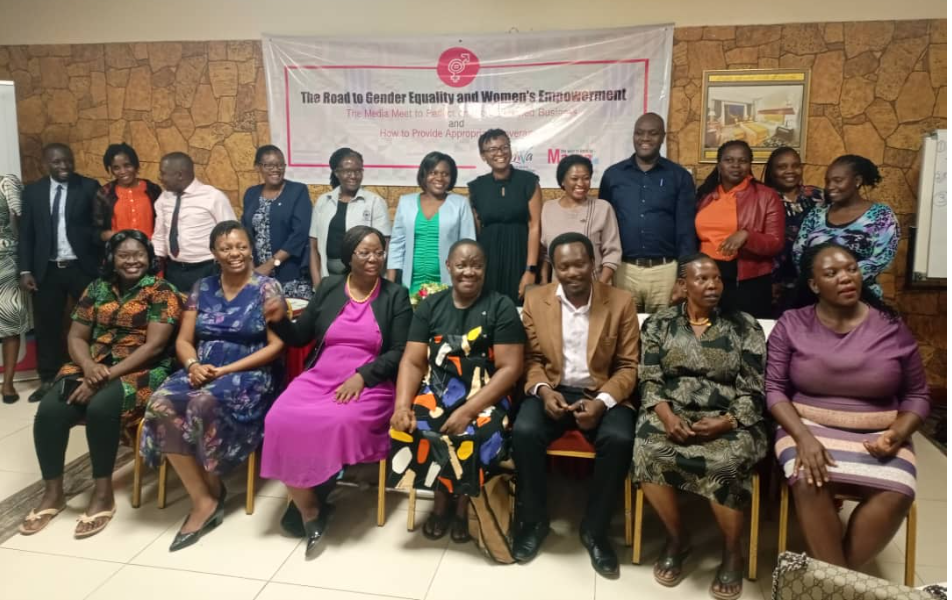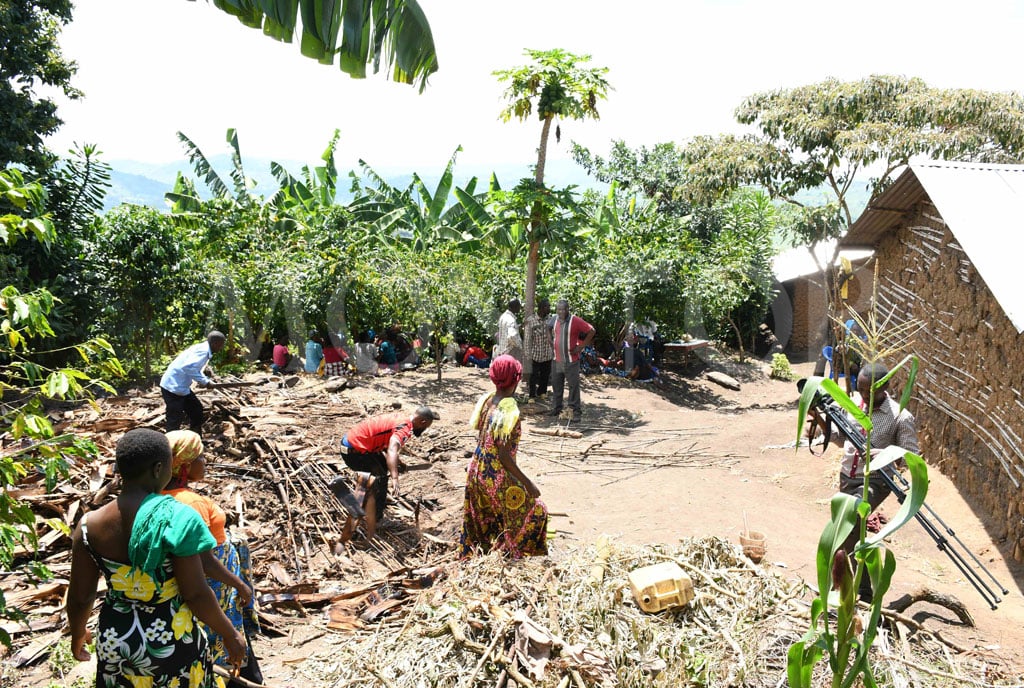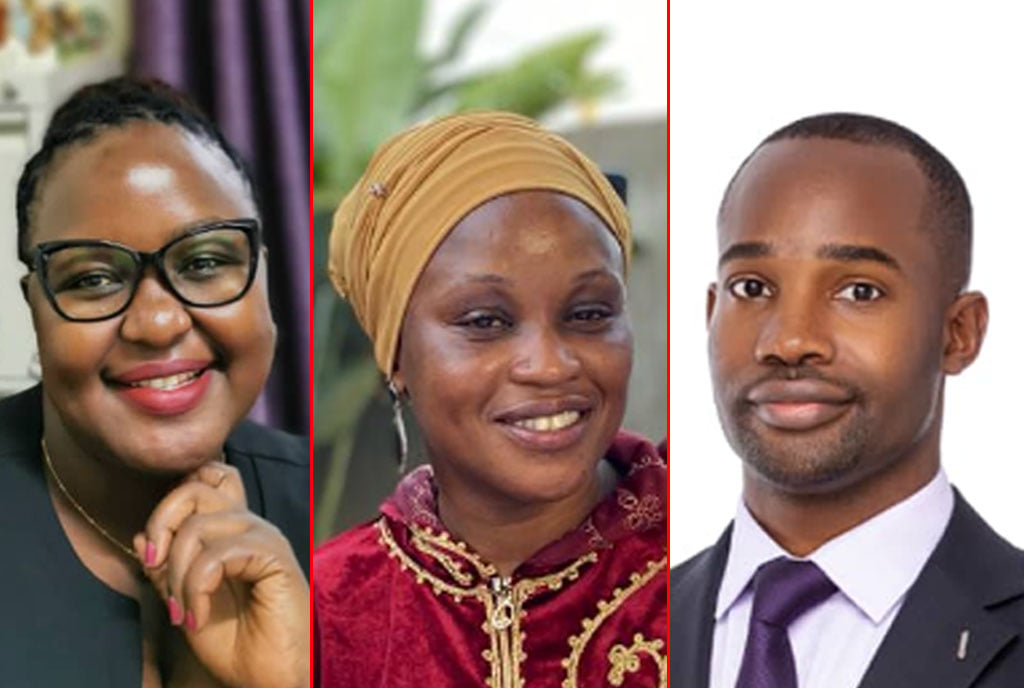Prime
Women still marginalised in media roles, says report

Media practitioners and scholars after the launch of the report at Uganda Christian University in Mukono on July 17, 2024. PHOTO | COURTESY | AGA KHAN UNIVERSITY
What you need to know:
- The study also analysed how women are covered and framed in East African media. It revealed a concerning trend where a high percentage of days pass without any mention of women in headline stories, especially in Uganda (55 percent) and Tanzania (39 percent). Kenya had a lower figure at 27 percent, but the regional average of 40 percent days without women in headlines is worrisome.
A groundbreaking study has revealed the stark reality of women's representation in East African newsrooms.
Conducted by the Graduate School of Media and Communications at Aga Khan University, the comprehensive report, presented on Wednesday at Uganda Christian University, highlights both strides made and persistent gaps in how women are portrayed across newspapers, TV stations, and digital platforms in Kenya, Uganda, and Tanzania.
The research titled "The State of Women in the Media: Representation, Coverage, and Framing of Women in East African Media," scrutinized six newspapers, six TV stations, and seven digital publishers. It sheds light on the pivotal role media plays in shaping public perceptions of gender issues and influencing societal norms.
The study found that women constitute a moderate proportion of media workforces across East Africa, comprising over a third in all three countries.
“Tanzania leads with 46 percent, followed by Uganda at 44 percent, and Kenya at 39.5 percent. However, the presence of women in editorial leadership positions varies significantly, with Tanzania again at the forefront with 40 percent, Uganda at 33 percent, and Kenya lagging at 11 percent. Business leadership roles are predominantly male, with only 20 percent of media organisations in Uganda and Tanzania headed by women, and a mere 10 percent in Kenya,” the report indicates.
In terms of newsroom roles, a significant number of women cover high-profile beats such as politics (47 percent), business and economics (38 percent), and general news (41 percent). Moreover, approximately half of prime-time TV news bulletins in Tanzania (55 percent), Uganda (percent), and Kenya (43 percent) are anchored or co-anchored by female journalists.
However, the majority of newspaper stories featuring women are authored by male journalists, particularly in Kenya (66 percent) and Uganda (56 percent). Tanzania stands out with more female journalists (52 percent) covering women-centric stories.
The study also analysed how women are covered and framed in East African media. It revealed a concerning trend where a high percentage of days pass without any mention of women in headline stories, especially in Uganda (55 percent) and Tanzania (39 percent). Kenya had a lower figure at 27 percent, but the regional average of 40 percent days without women in headlines is worrisome.
Out of 1,256 news stories examined, Kenya had the highest percentage (41 percent) of articles mentioning women in titles, followed by Uganda (30 percent) and Tanzania (29 percent). TV coverage was limited, with women featured on only 52 percent of days in Kenya and 24 percent in both Uganda and Tanzania during the study period, which included the 16 days of activism against gender-based violence.
While most newspaper articles categorized women's stories as hard news, Ugandan newspapers had a higher proportion (28 percent) of feature stories providing in-depth coverage. Despite limited coverage, stories featuring women received high prominence across newspapers (89 percent), TV (74 percent), and digital platforms (89 percent). However, 21 percent of these prominently featured stories lacked images of women.
The study also found that the framing of women in these stories was largely positive. Ugandan media had the highest number of positively framed stories, portraying women as progressive contributors to society. Conversely, Kenyan and Tanzanian media, despite more female journalists, had fewer positive frames and more instances of negative framing.
The research emphasises the critical role of diverse perspectives within newsrooms in shaping media narratives on gender issues. While the presence of women in East African media workforces is notable, experts believe there remains a significant gap in leadership roles and how women are framed in media.
Mr Hesbon Hansen Owilla, the lead researcher from Aga Khan University, stressed the need for a policy paper on gender mainstreaming and engagement with policymakers and media owners.
“Present gender representation and gender diversity for what it is - that is - diversity as a key factor in content quality, which results in quality content and consequently more media consumers and better return on investment for media owners,” he said.
The researchers also recommended establishing gender hubs to support journalists in adopting a gender-sensitive approach to news coverage, ensuring women's contributions are accurately and positively represented in the media.




